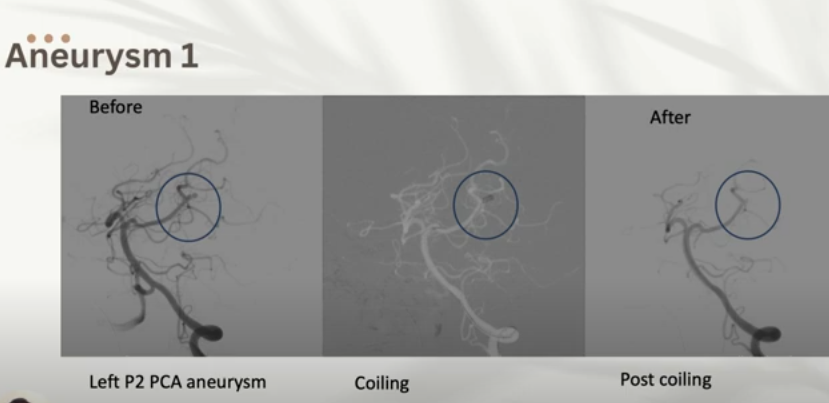our services
our services

CEREBRAL ANGIOGRAM / DSA
CEREBRAL ANGIOGRAM / DSA is an investigation done to delineate the structure of brain blood vessels and their diseases. Digital subtraction angiography is the technology used to ob-tain CEREBRAL ANGIOGRAM / DSA.

Brain aneurysm coiling/ Flow diverter placement
Aneurysms can be treated by open surgical method - clipping or by endovascular method - coiling. The decision to undergo clipping or coiling depends upon site of aneurysm, local institutional experience, expertise.

Brain AVM- Onyx embolization
Arteriovenous malformations are masses of abnormal blood vessels that grow in the brain. They consist of a blood vessel “nidus” (nest) through which arteries connect directly to veins, instead of through the elaborate collection of very small vessels called capillaries.

Carotid stenosis- Carotid stenting
Carotid artery, vertebral artery are the blood vessels in the neck, which supply the brain circulation. There are two carotid and two vertebral arteries present to supply on both sides of the brain.
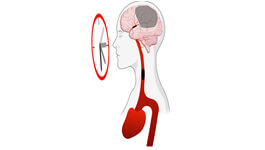
Acute stroke- Mechanical thrombectomy
Brain stroke is defined as sudden onset neurological deficit or dysfunction manifested by sudden loss of function of body parts. It is the leading cause of the disability worldwide. Brain stroke is one of the leading cause of mortality as well.
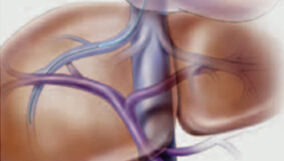
TIPSS
Transjugular intrahepatic portosystemic shunts are typically placed by an interventional radiologist under fluoroscopic guidance via the jugular route. Access to the liver is gained, as the name 'transjugular' suggests, via the internal jugular vein in the neck.

TARE
Transarterial radioembolization (TARE) or selective internal radiotherapy (SIRT) is a relatively new form of local therapy available for different types of liver cancer

Dialysis access
Dialysis and Access Interventions are minimally invasive procedures performed to improve blood flow in the fistula and grafts placed in the blood vessels of dialysis patients.

Uterine fibroid
Uterine fibroids, the noncancerous growths in the uterus, can cause severe symptoms in some women, including heavy menstrual bleeding, pelvic pain and swelling of the abdomen.
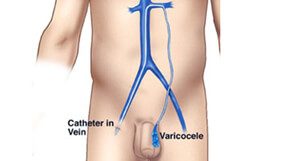
Varicocele
Embolization requires no stitches or general anesthesia . Nearly all the patients can be treated on an outpatient basis and may return to normal activities in two to three days.

Embolization
Pulmonary AVMs are rare pulmonary vascular malformations seen in the lungs. They have abnormal connections between the arteries and veins supplying the lungs. Patients with pulmonary
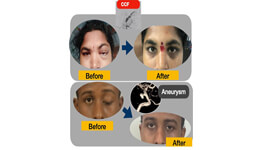
Vascular malformation/
hemangioma
Vascular malformations are abnormal clusters of blood vessels, which are present since birth, but manifest at varying ages. In addition to being classified by predominant abnormality, vascular malformations

Peripheral vascular disease
Peripheral vascular disease (PVD) is a condition effecting the lower limbs in mostly men and women older than 50 years.
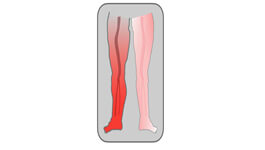
Varicose veins/ DVT
Varicose veins are abnormally large veins commonly seen in the legs. Normally, blood circulates from the heart to the legs via arteries and back to the heart through veins.

Hepato biliary intervention
Hepato biliary interventions compromise a large spectrum of interventional radiology procedures indicated especially in patients with obstructive jaundice, treatment of portal hypertension and its complications.

Liver cancer
Cancer treatments by interventional radiologist comprises two treatment methods, supportive/ symptomatic treatments and disease modifying treatments
Contact Us
Book an Online Appointment Today!
DR.SURESH GIRAGANI CONSULTANT INTERVENTIONAL RADIOLOGIST at Apollo Hospital, has more than Seventeen years of clinical experience in vascular interventions with a special interest in neurovascular and peripheral vascular disease interventional procedures.
Services
Quick Links
Contact Us
Copyright 2021 Neuro All rights reserved. | Powered By KBK Business Solutions











.webp)


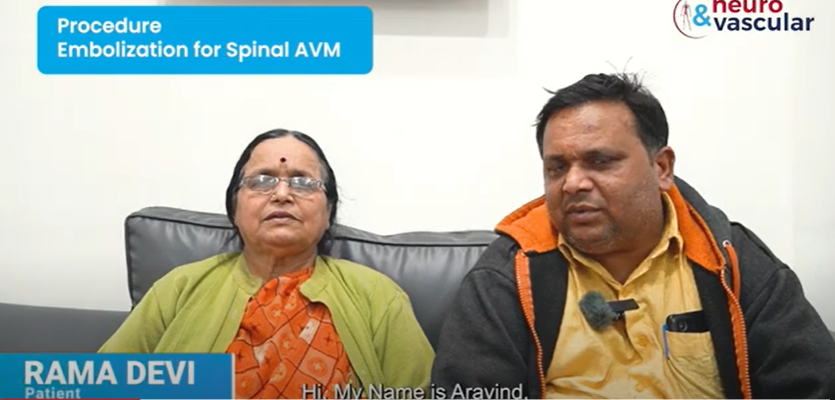
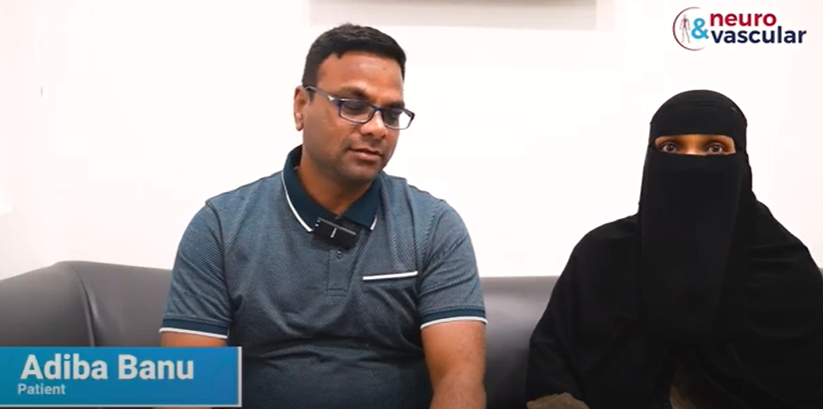
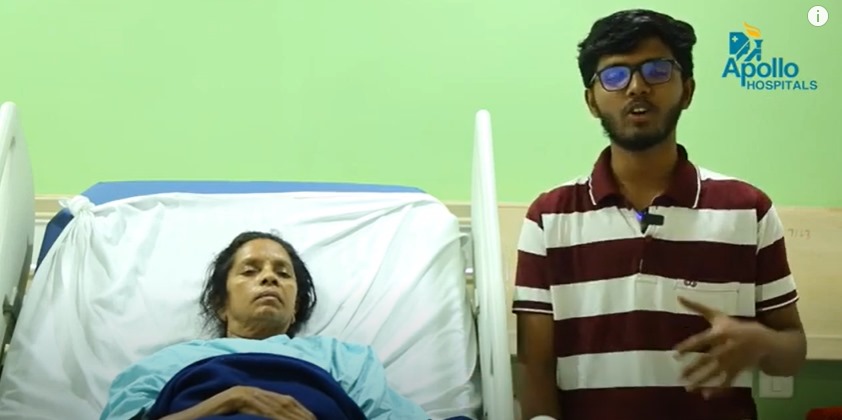


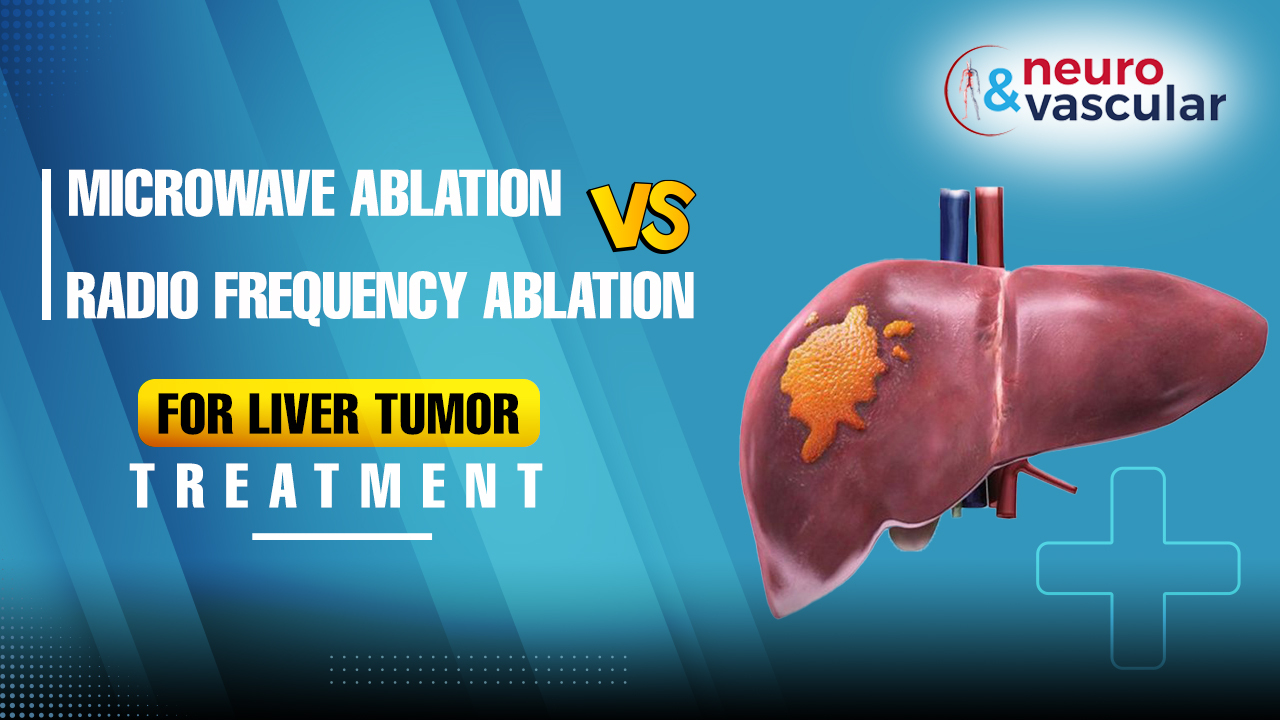
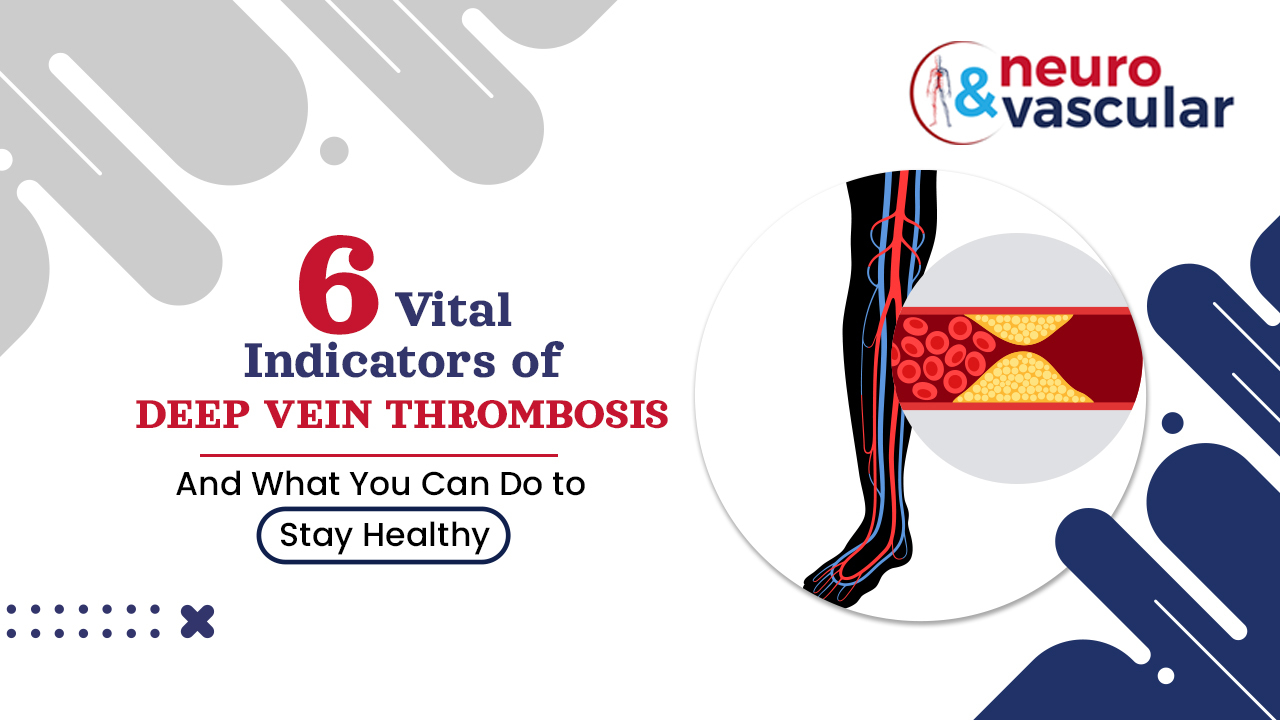
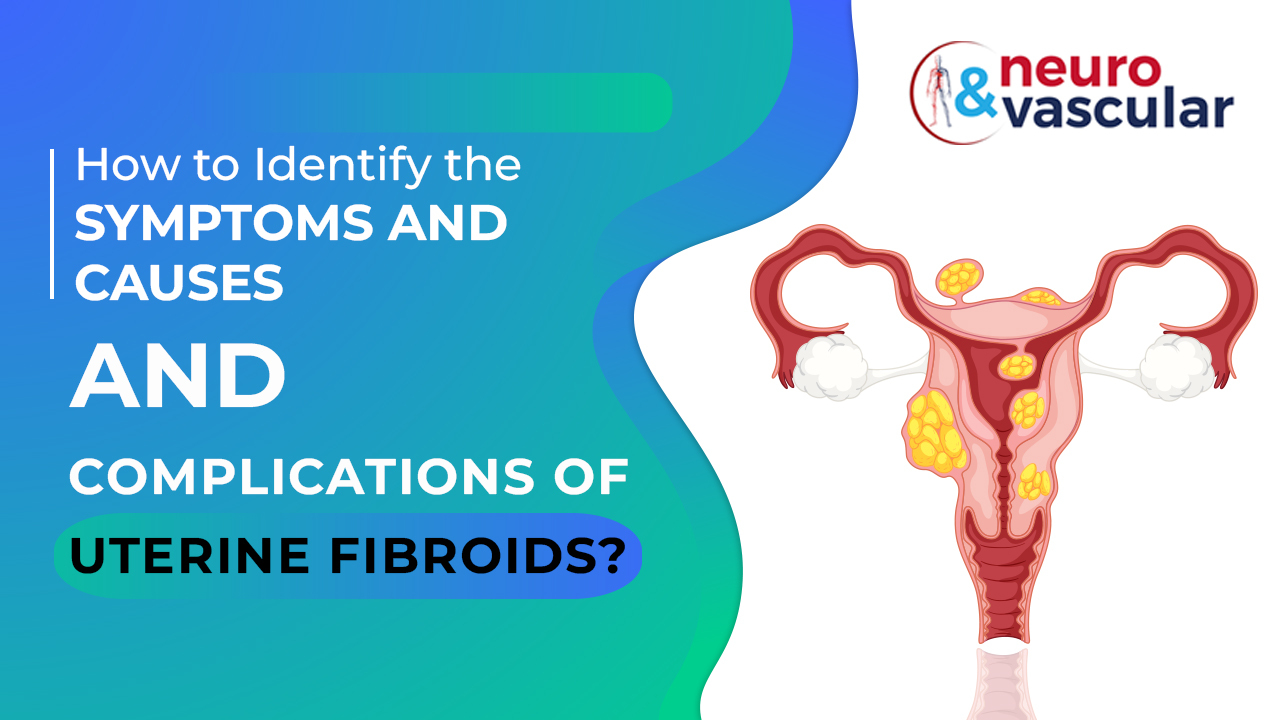
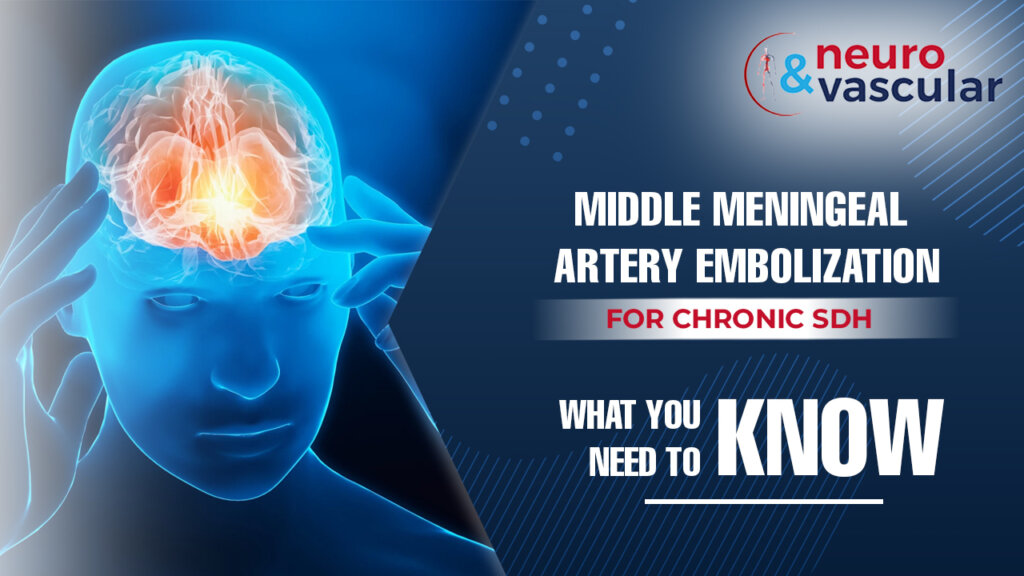
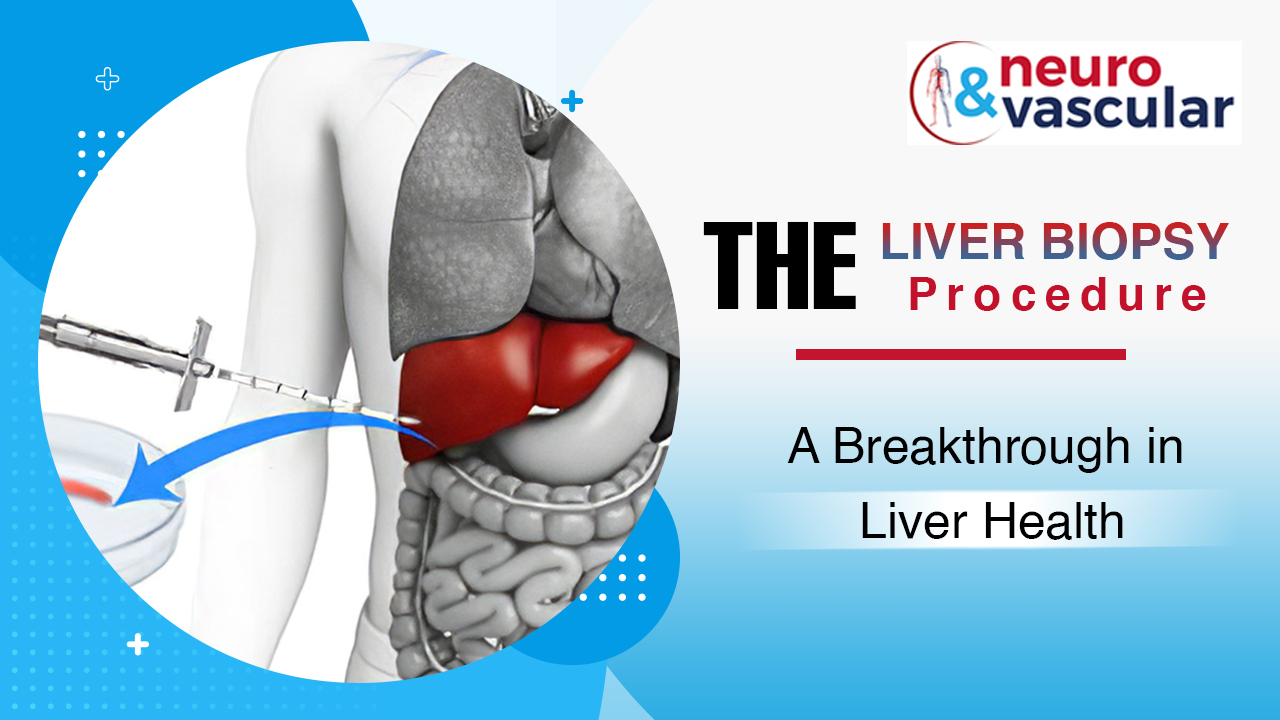


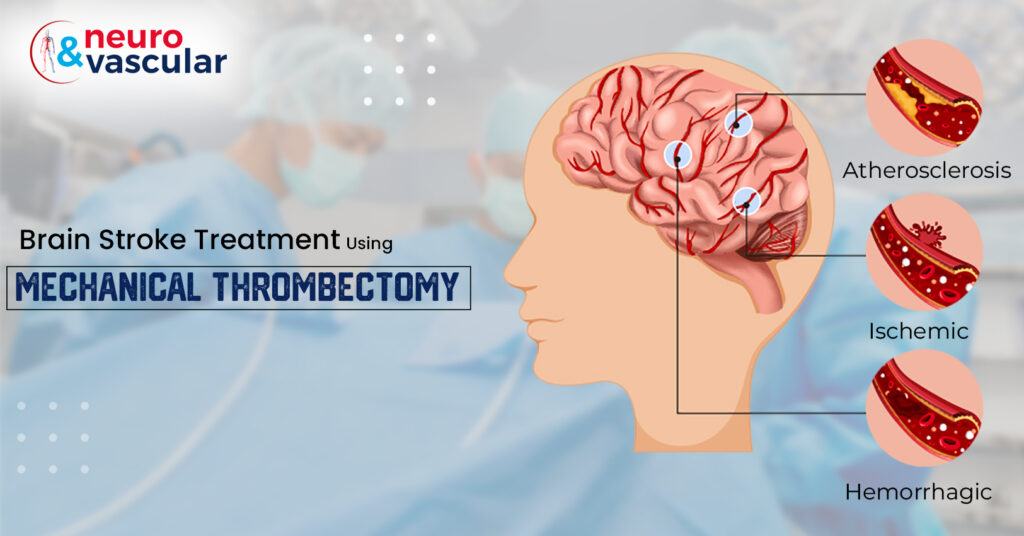

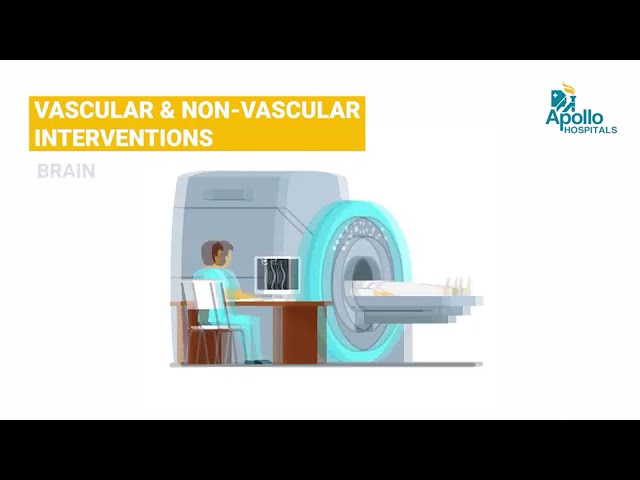
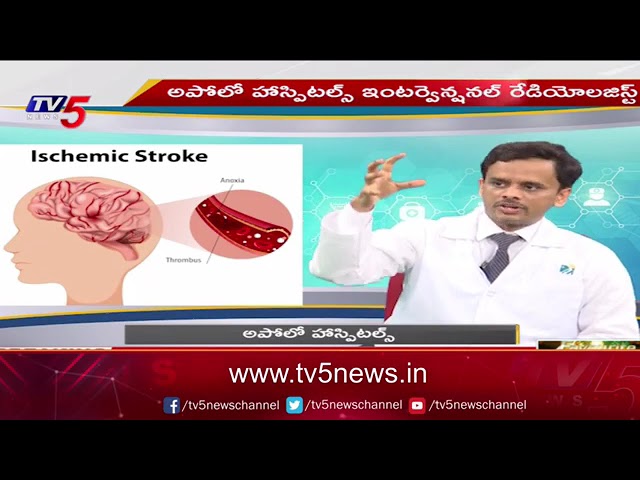

.webp)

.webp)
.webp)


